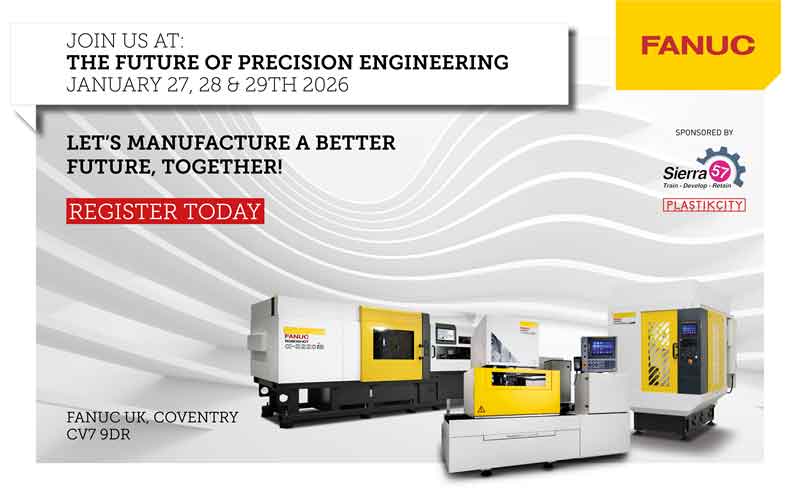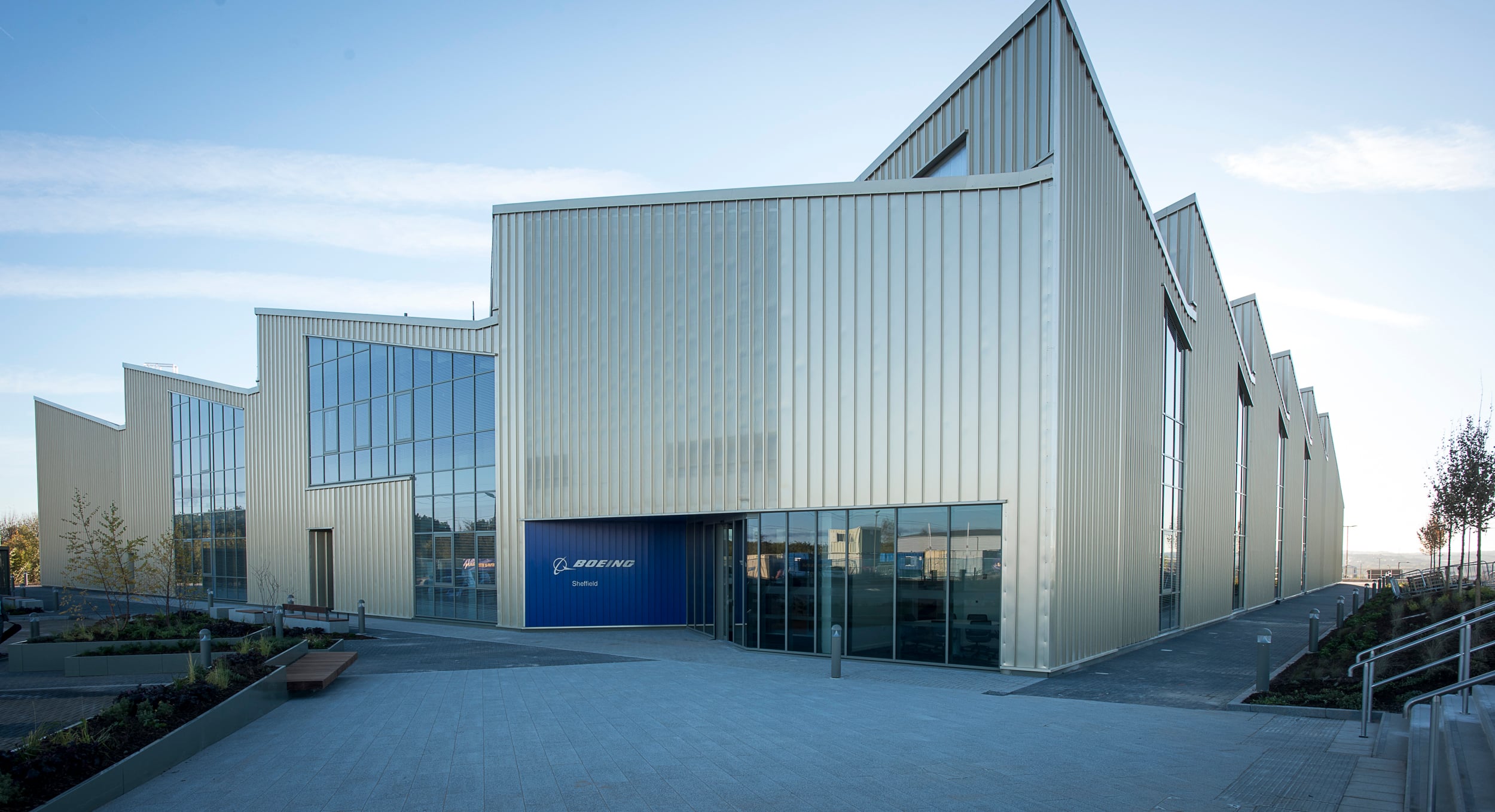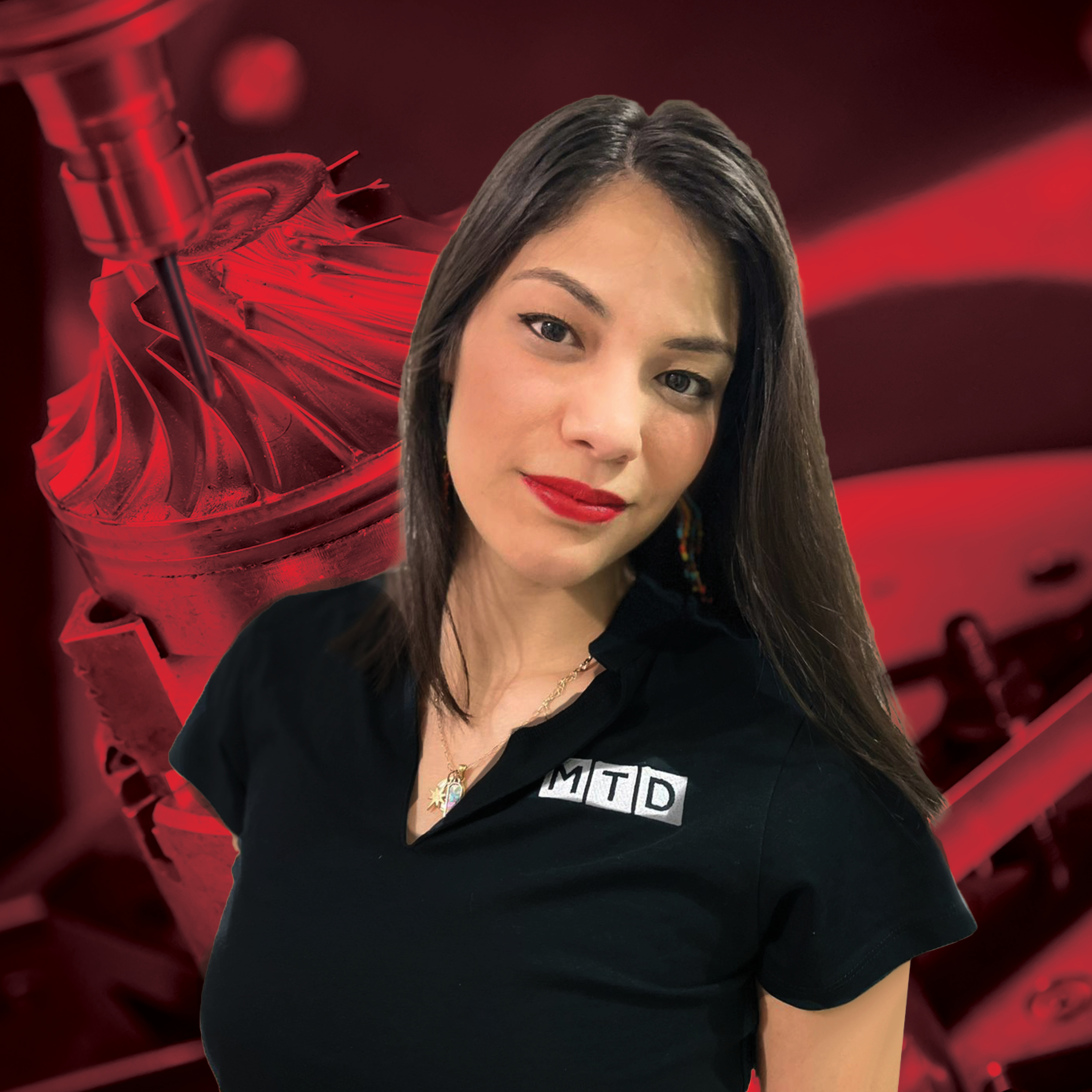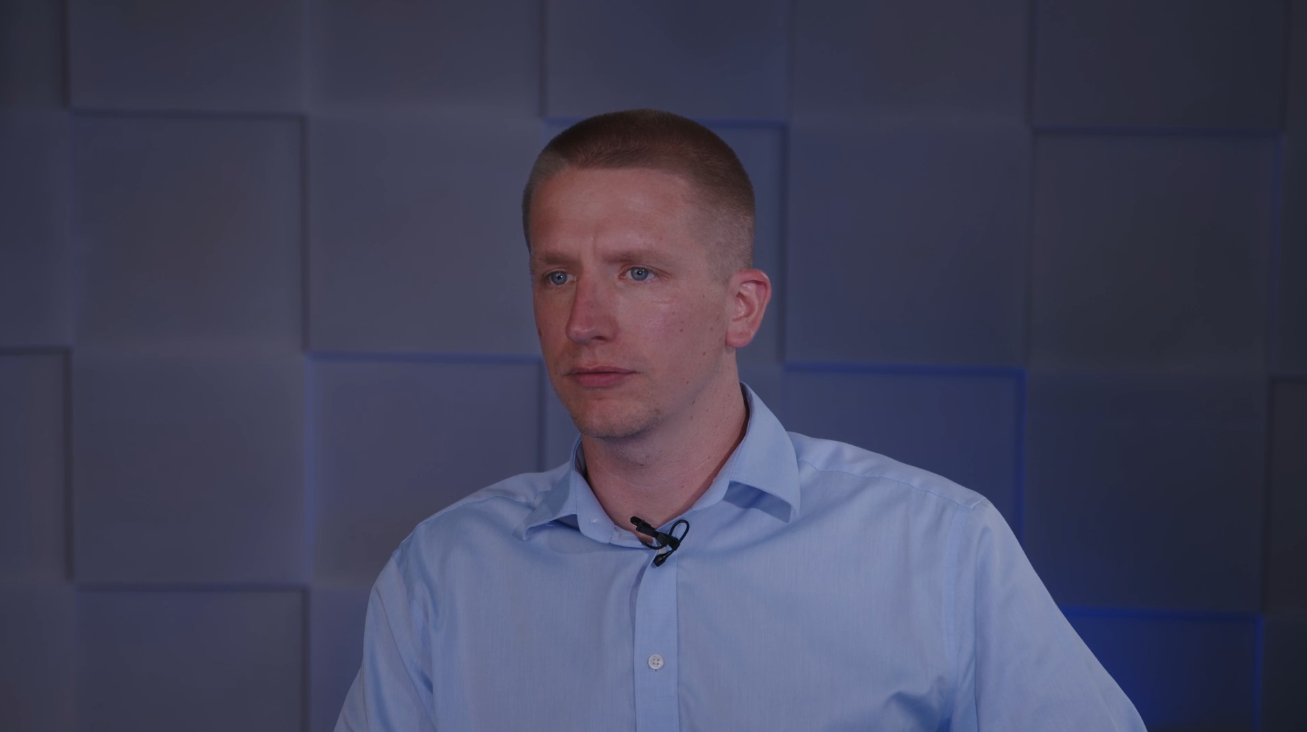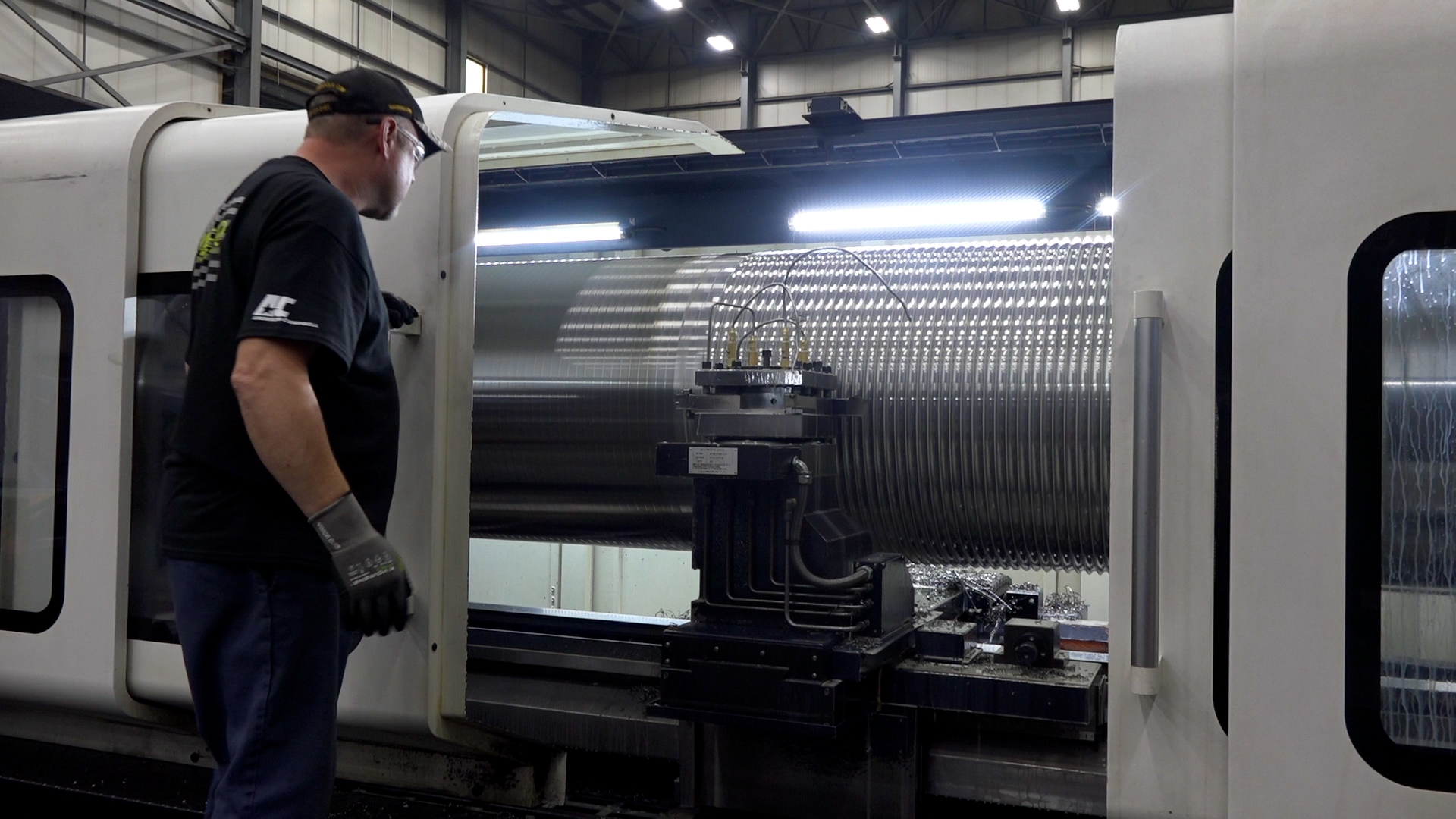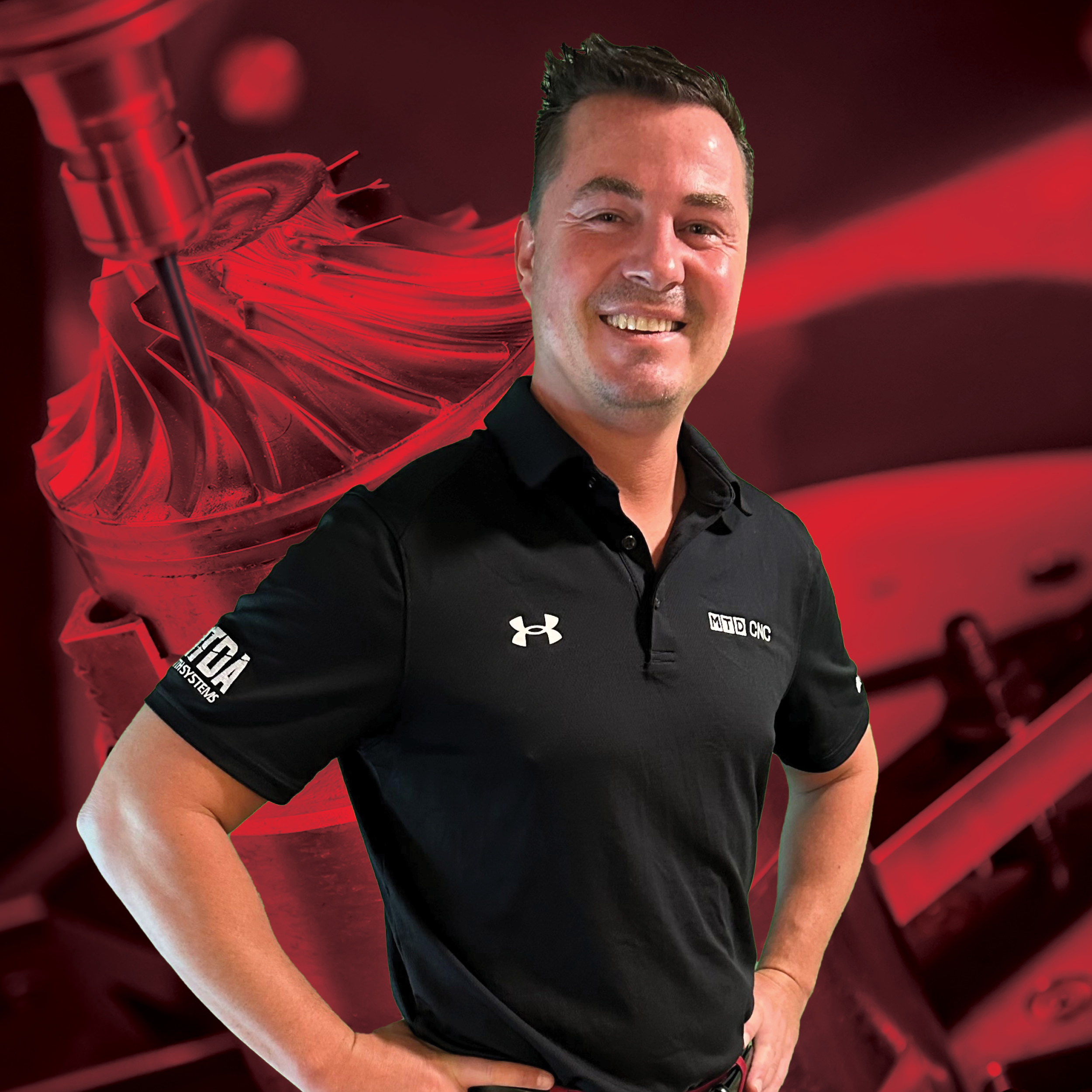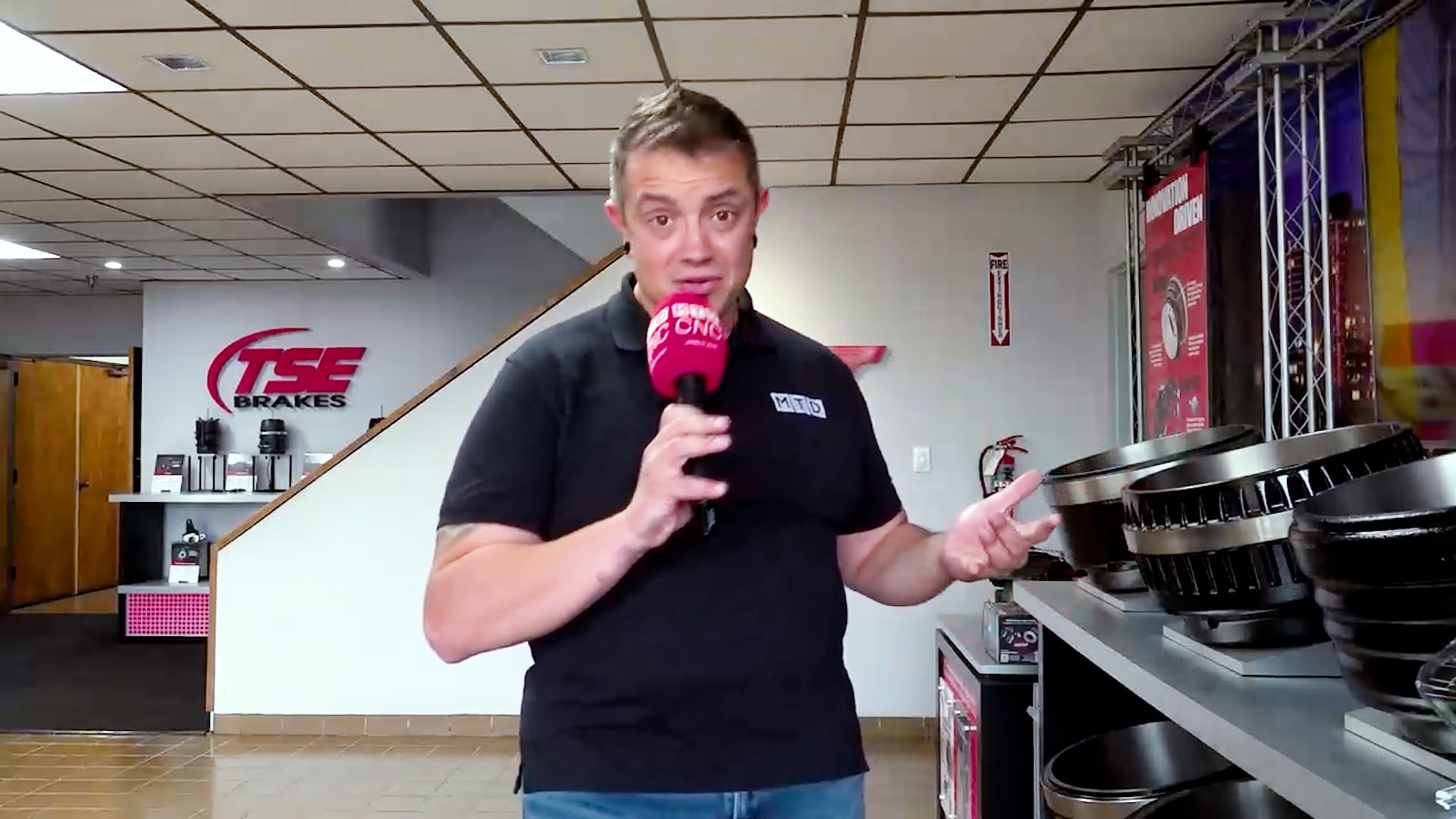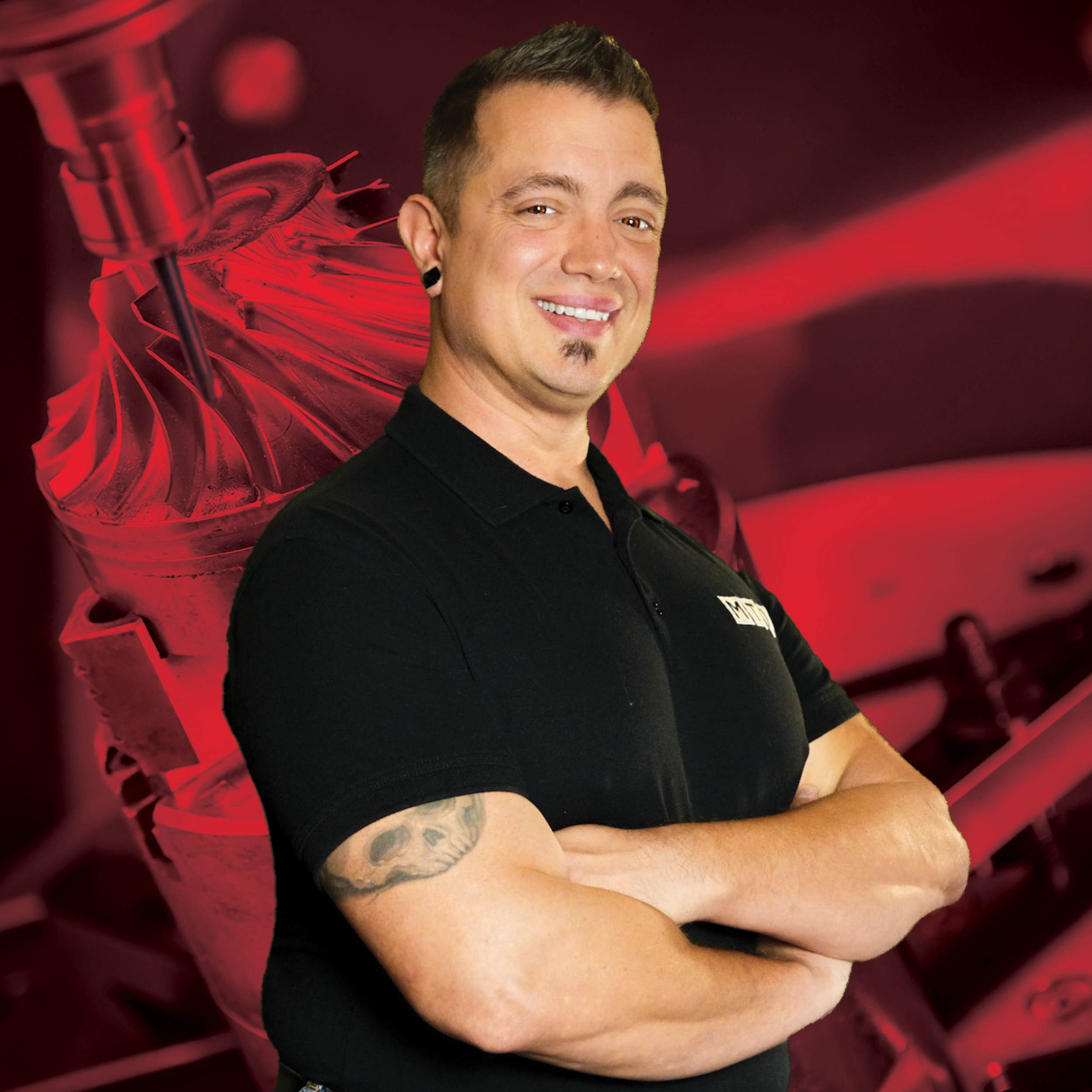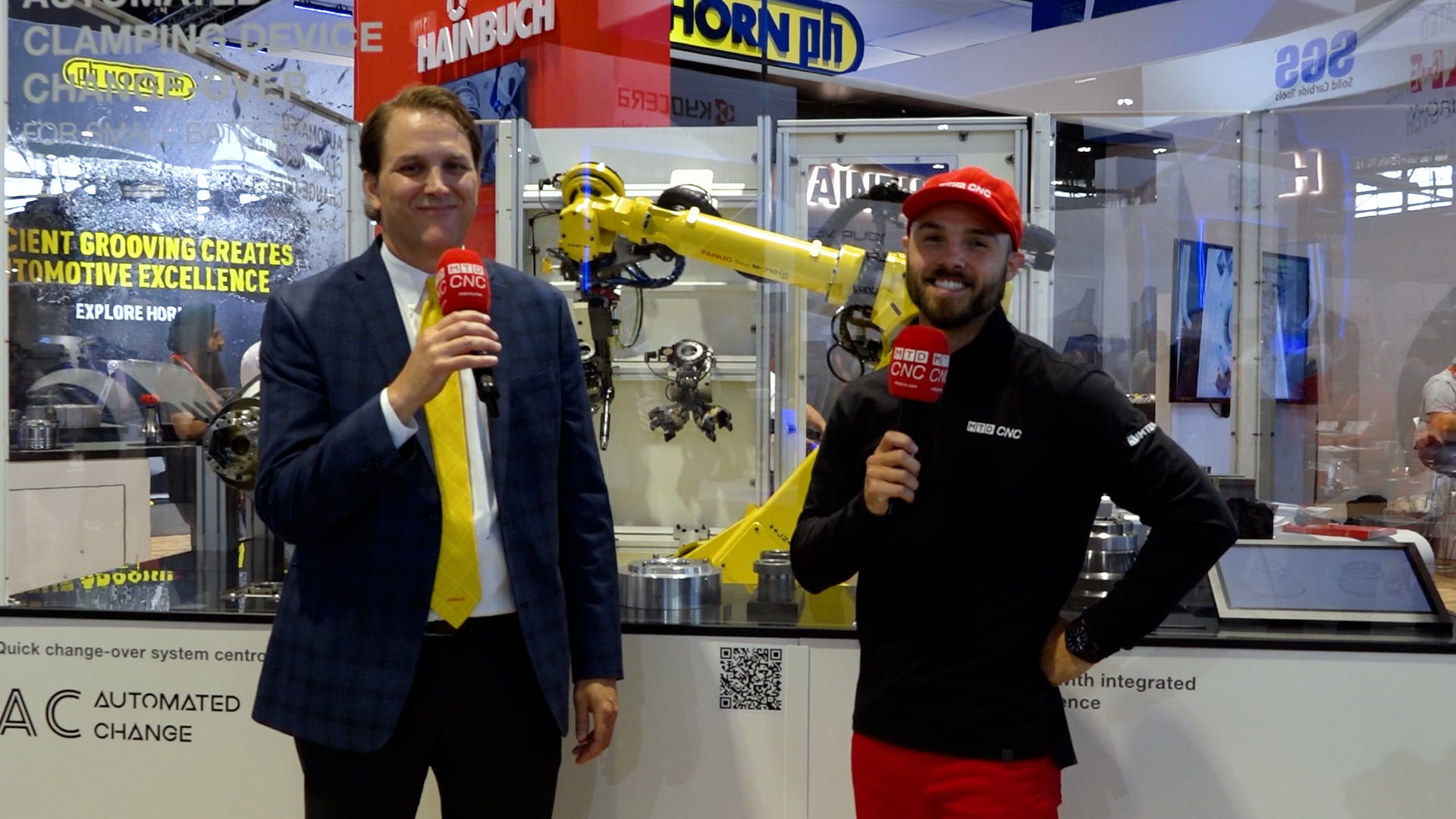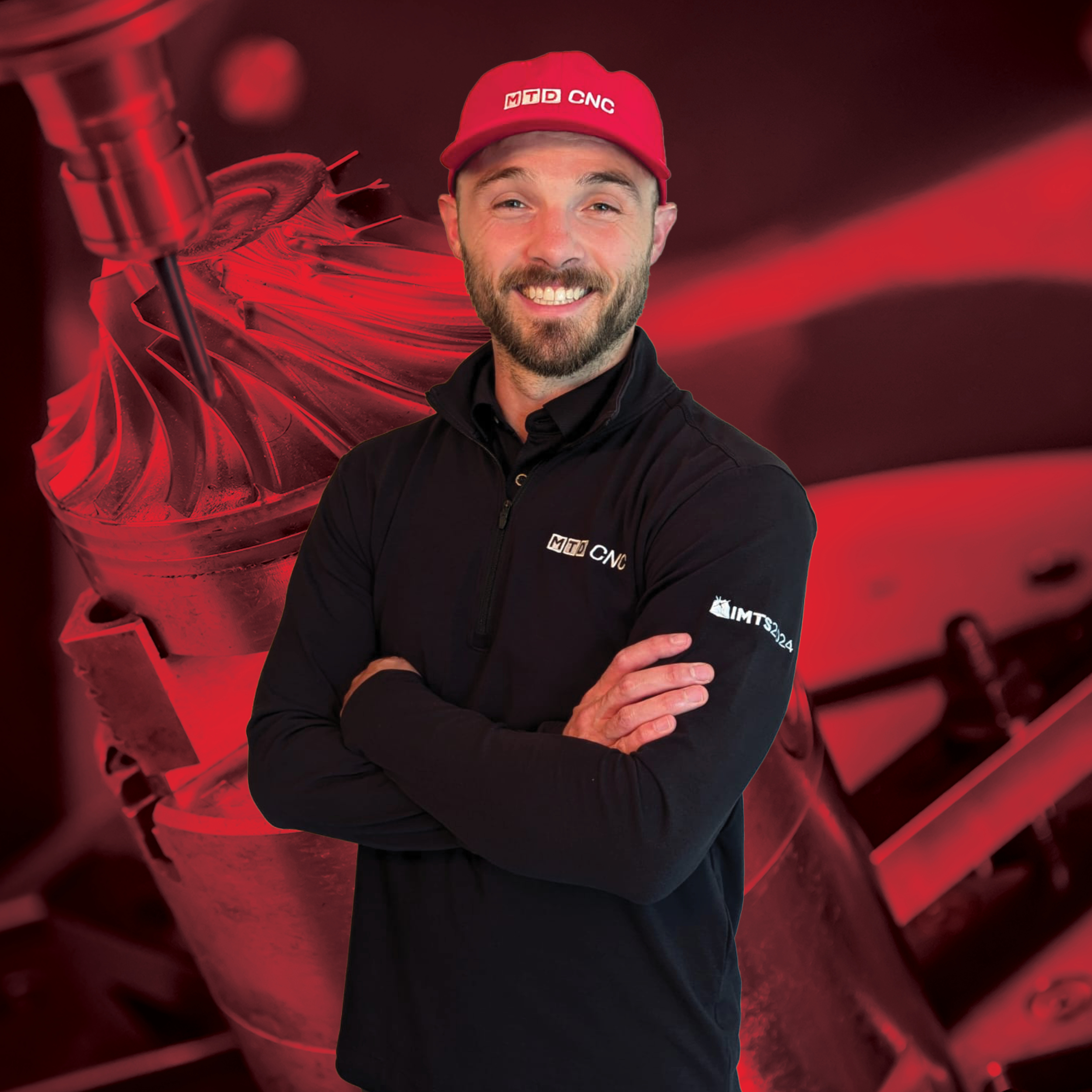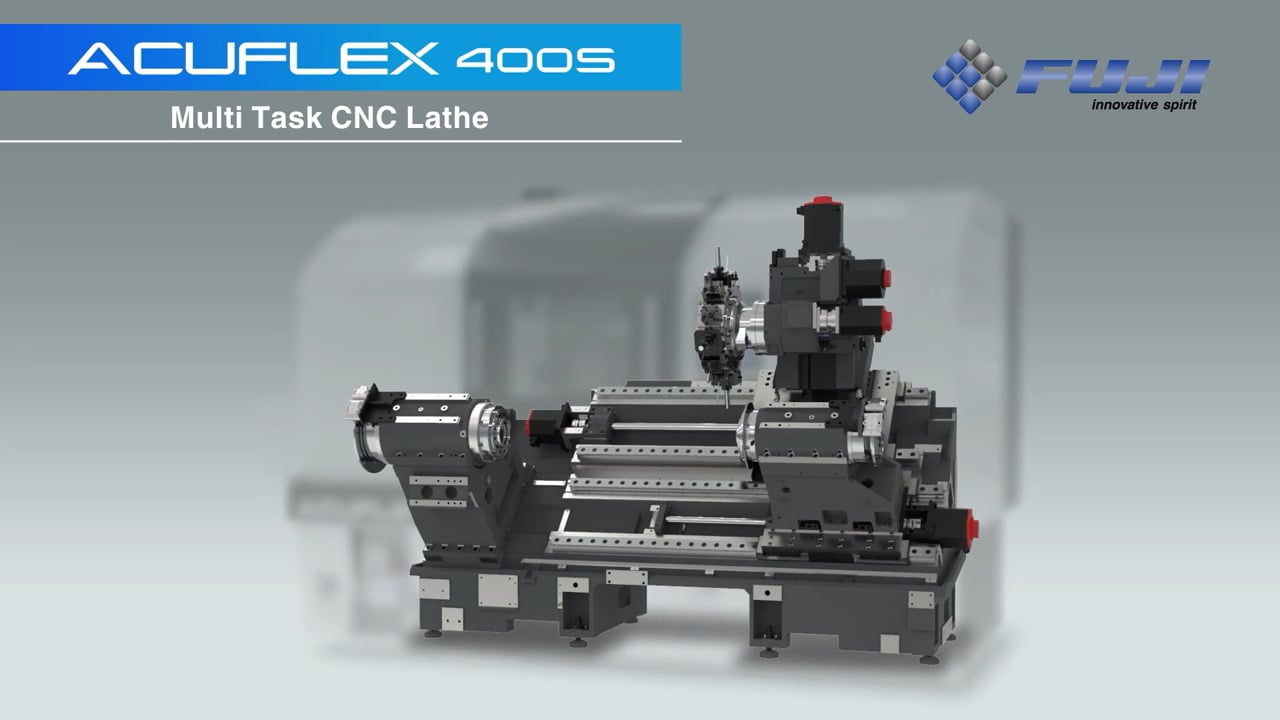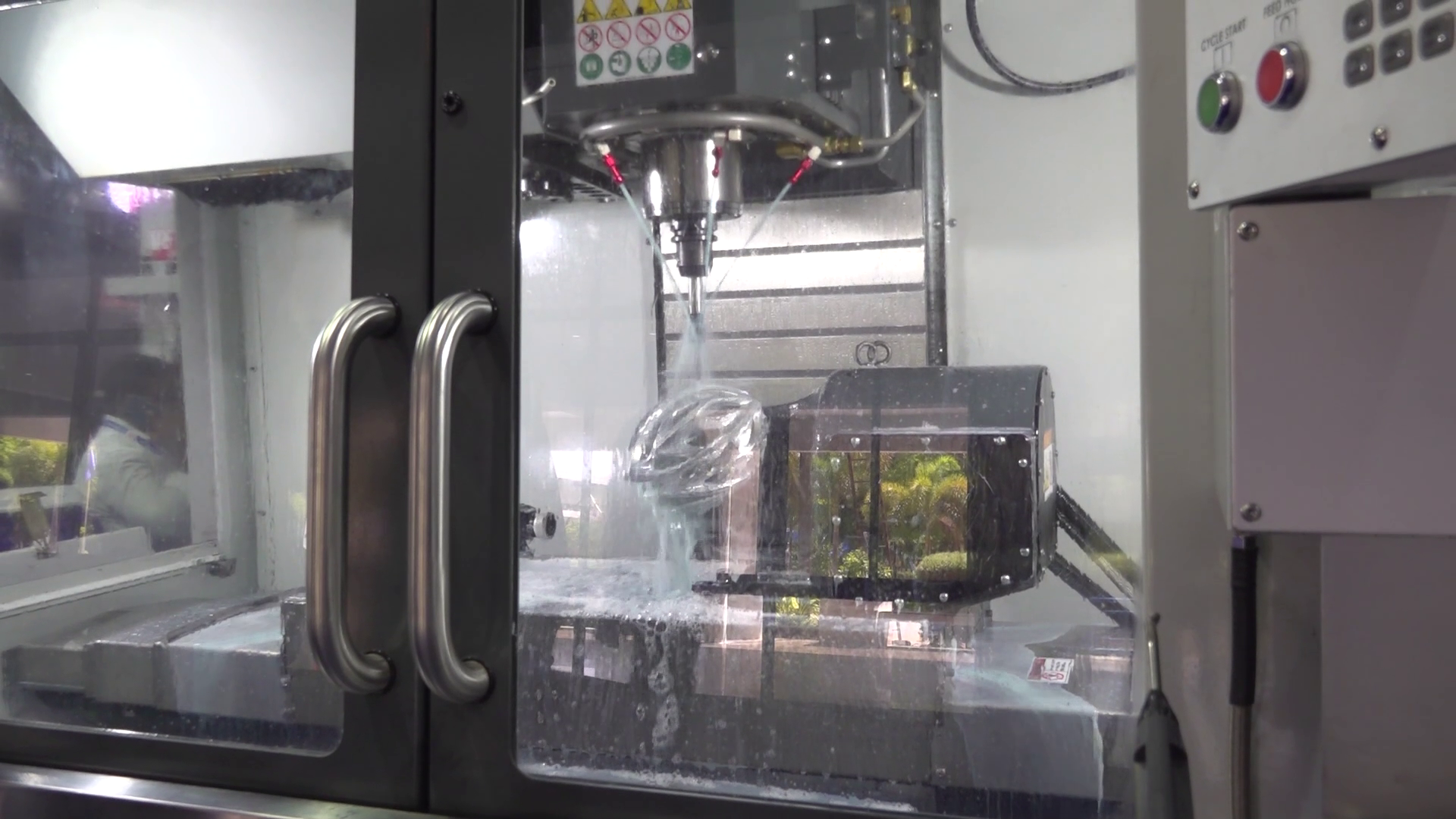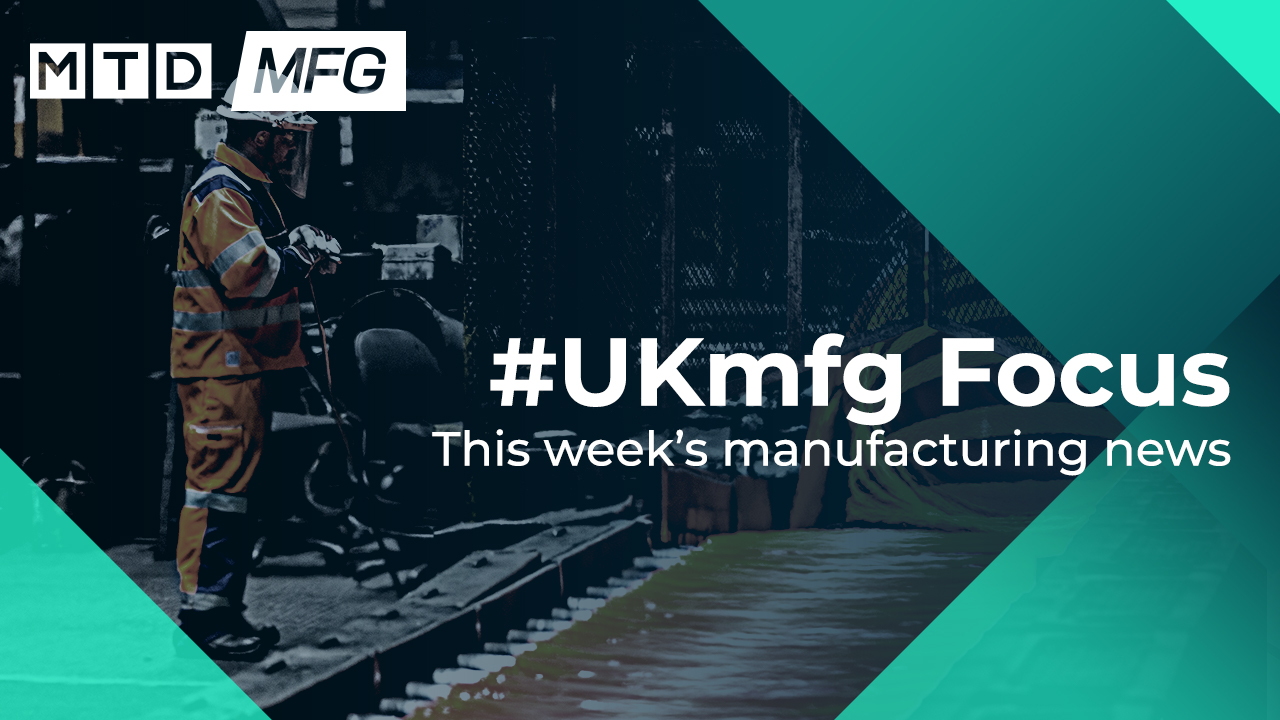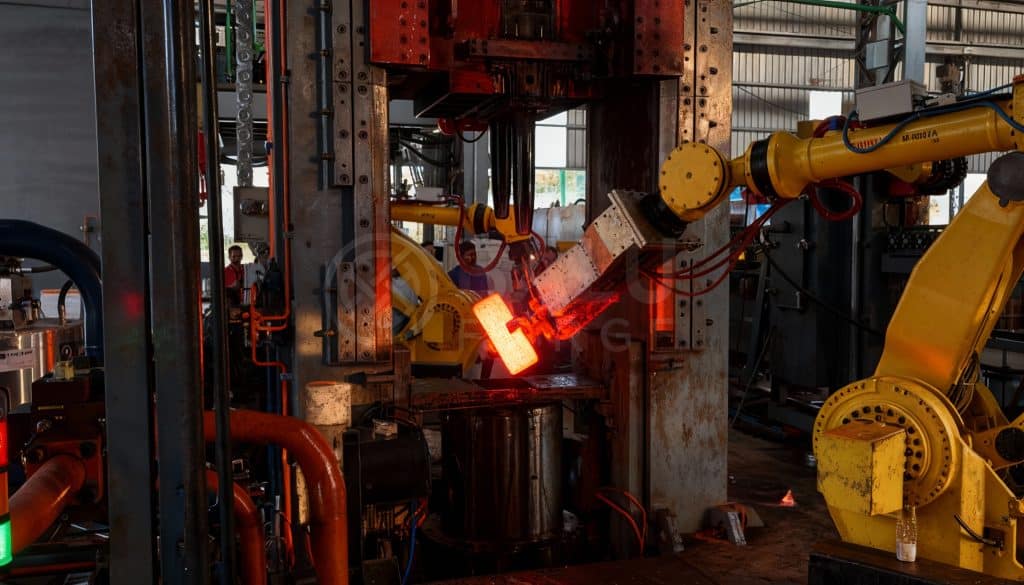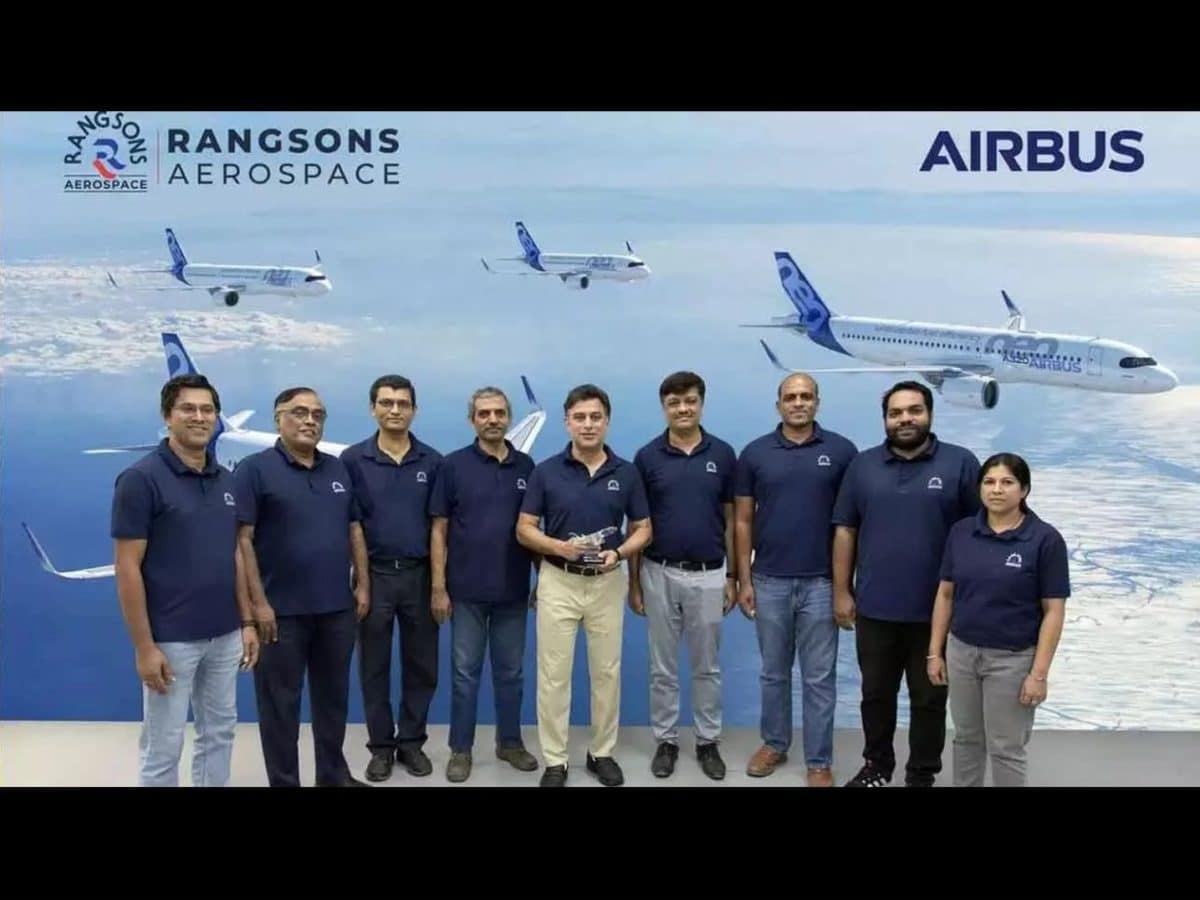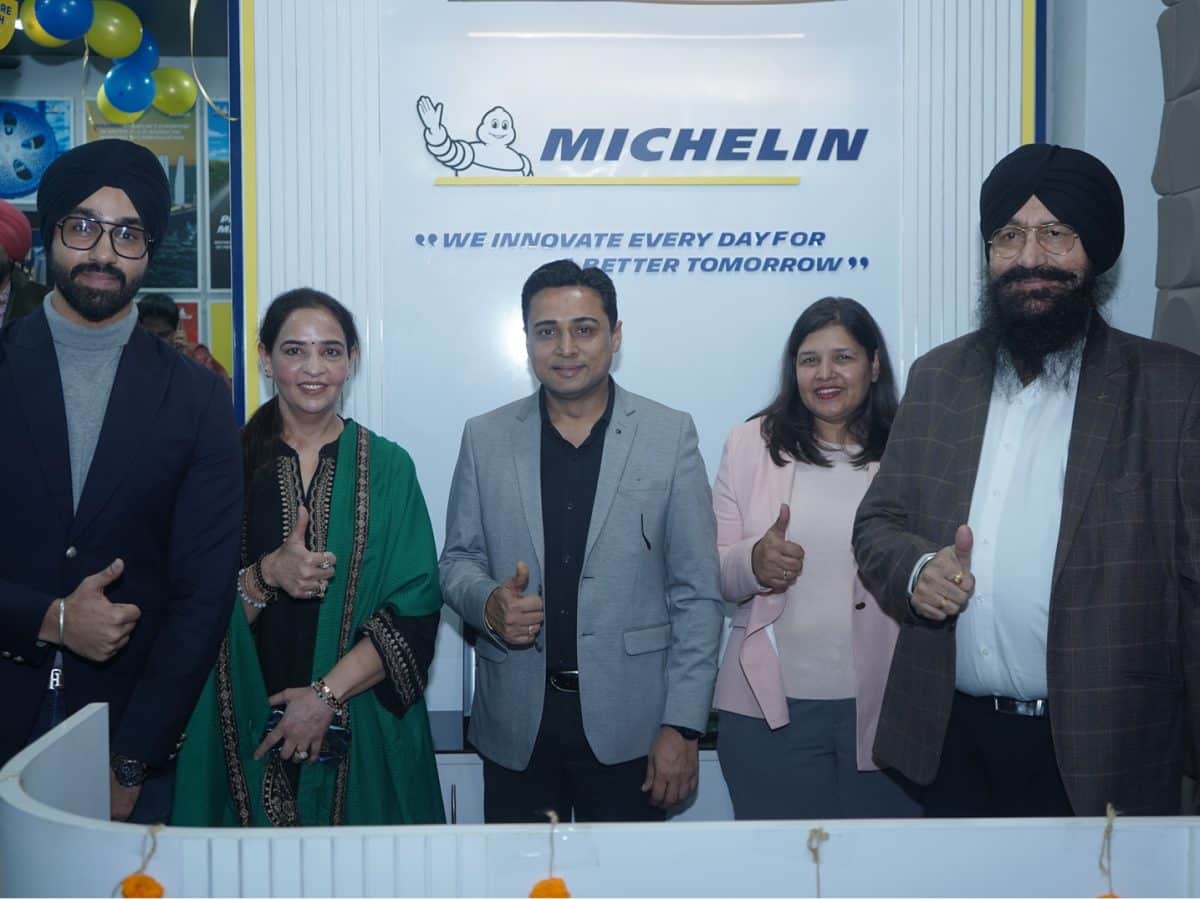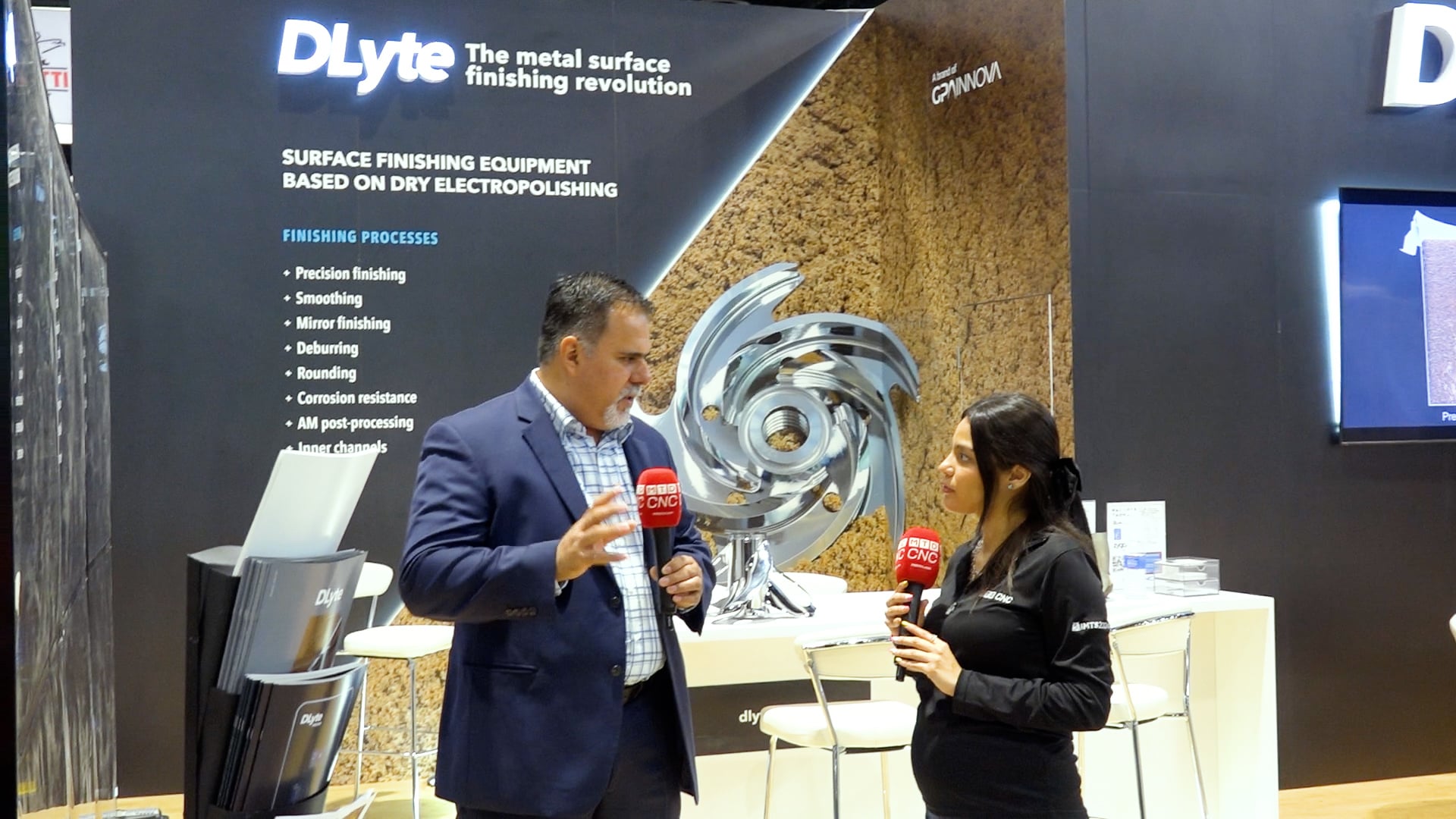
Sheffield Takes to Global Aerospace Stage With New Boeing Facility
In 2017, Boeing announced plans to locate the company’s first European manufacturing facility on Sheffield Business Park and at the end of October 2018, the vision to manufacture in the UK was finally realised with the official opening ceremony. MTD ventured along to the event to take a look inside…
The new 6,200sq/m Boeing Sheffield facility is the result of a £40million investment that will initially employ 52 staff, which will include 25 apprentices. Boeing Sheffield is part of the company’s global network of Commercial Aeroplanes Fabrication sites and will produce upward of 10,000 actuation system components every month for the Next-Generation 737, 737 MAX and 767 aircraft. Boeing Sheffield will manufacture spur gears, shafts and housings from materials that are sourced in the UK. The components will be shipped to Boeing Portland in the USA, a site that manufactures bevel and mixed gears for these assemblies. The Portland site will inspect and assemble components from both sites, subsequently installing the systems onto flaps and shipping them for installation on Boeing aircraft wings.
Giving a speech at the event, Sir Michael Arthur, the President of Boeing Europe said: “This is a landmark occasion in the history of the company. This plant joins 11 other fabrication plants the company has in the global footprint. For Boeing, this is the first factory in the UK and in Europe, a genuinely landmark day that we are all extremely proud of. The factory is quite exciting in its own right, as it is built to the very highest standards, with Industry 4.0. It is super efficient, as we have worked closely with the AMRC and the Manufacturing Intelligence Group at the AMRC, using virtual reality to design how the operations can best be managed for maximum efficiency and productivity. The AMRC is the chief partner on this facility and with Keith Ridgeway and Adrian Allen here as our key partners for the last 17 years, it’s an exciting partnership that has put the AMRC very much on the global map.”
The 737 is the most successful aeroplane in commercial history; a 737 takes off or lands every two seconds. By 2019, when this factory is at full production there will be over 140 parts made in Sheffield and installed on every new 737.
Touching on the longstanding relationship and the journey the company has taken in the UK, with the AMRC and the Sheffield region, Janette Ramos, Senior Vice President of Boeing heaped praise on the local supply chain, the staff and the vision: “This was a vision of Keith and Adrian and we simply operationalised that vision, which has been in the works for a couple of decades. This is about quality – the quality of our people and the quality of our relationships, where we have been building on the strengths of what we have learnt from each other over the years.”
Referring to the design of the facility in Sheffield, Janette Ramos touched upon a couple of trivia points…
Why is the profile of the building the way it is? When we had the vision, we wanted to build in a bit of our young hundred years of experience. The building profile brings together the mountains of the Pacific North West and the saw-tooth profile we affectionately refer to with the profile of our buildings back in Seattle. It is also meant to reach out to the diversity of thought.
The Politician’s Perspective
Greg Clarke MP, Secretary for Business: “We have lots of suppliers and small companies here and one of the big successes of the Advanced Manufacturing Park (AMP) is the growth we have seen in small businesses. On a day like this, we should all take inspiration from Boeing. It’s a company started from very humble origins. It was actually a university drop-out, William Boeing that dropped out of the University of Yale back in 1903. He decided he would be better off starting a timber company. It was a very good thing that he did because that timber company became a global brand that transports people around the world 24 hours a day 365 days a year.”
Janette Ramos, Senior Vice President of Boeing heaped praise Don Hendrickson, the Programme Manager at Boeing Sheffield. Janette said: “Don is the person that really operationalised the vision, starting from Portland Oregon, his heart has been at the centre of this project for over a decade and we thank Don for fulfilling our vision and our legacy here.”
Connecting a Global Vision
MTD Magazine spoke with Don, the man behind the concept of Boeing Sheffield to find out more. Don told MTD: “The design of this building is such that we focused on efficiency and innovation. We even tipped the roof true north, so we have solar panels on the roof and lots of natural light. We wanted to work in an environment that has lots of natural bright light. This is important to the type of work we are doing. With regard to the machine shop, we worked closely with the AMRC on a ‘done-in-one’ project where we feed the raw material in and get the finished part out. This is primarily based around the technology of applying multi-spindle and multi-axis machine tools that help us to achieve this. From the family of parts we intend to make here, we selected a number of smaller and larger machines that can make what we call yolks. We take these parts and they become the transmission, angle or offset parts.”
The power is transferred down the wing and the flap moves in and out before take-off and landing. Right now, we’re focusing on parts for the 737 and 767 and as we get that into full production, we’ll look at additional parts. We also really wanted to connect this site with a US site and form a partnership. So, the idea was to have a small site with expertise in a particular area – and this is why we are starting with less than 60 people in Sheffield. Our site in Portland has 1500 people, so we have more expertise. But every week we have more people coming over here to get more exposure to what Boeing does around the world. It also allows us to bring specific experts to the UK to train our folks on what we need to do. This strategy allows us to create sites like this, which you can’t put out on an Island and just leave them to their own devices. They have to be connected to a larger site and this is what we have done here.
The High Level of Apprentices…
Commenting upon why almost 40% of the staff is apprentices, Don continues: “We are trying to foster a group of people that really don’t know limitations; this is because they are surrounded by technical talent that can teach and support these ambitions. We have no idea what the limitations of these young people are. We set high goals and high expectations, but this is where the next generation will deliver the magic. As a business, we want to follow where the talent is.”
Don says: “The apprentices initially learn on a PC in a classroom and they will learn exactly how to program the machines before a machine ever arrives. So, when the learners come here, all this will look familiar to them. With network settings, these apprentices can be inside our network and they can go into our SAP manufacturing system and they can go into other Boeing sites and share their data.”
The Machine Tool Strategy
Don continues: “The synergy between the machine tools in the US and the UK is clear. Three years ago I challenged the AMRC – as we have production lines that build similar parts in the US, I asked the AMRC to build all the parts going through that production line with twice the productivity and half the machines. The AMRC worked on that for several months and they said that it could be done. From that, I worked on the business case to create what we have here. So, the WFL Mill/Turn machines we have here, we also have similar in Portland. They also have dual spindle lathes like the Doosan machines. We also have the Starrag FMS cell that is manufacturing aluminium housings, shafts and drive parts. This 32 pallet cell allows us to load the FMS with castings and we can come in the next morning and the parts are finished. If we set the factory up with automation, we can have it working in a way that retains staff and just allows the automation to undertake the work at unsociable hours when nobody wants to be in work.”
Referring to the machine tool acquisitions and production strategy; James Needham, the Operations Manager at Boeing Sheffield comments: “We are making somewhere between 75 and 100 different actuation components that comprise of aluminium housings, spur gears and drive shafts. These parts will be shipped to Portland by the thousands. Boeing could have put this factory anywhere in the world and they chose this facility for a unique set of circumstances. Firstly, we have the talent and the supply chain in the local area. We have a talent pool that we can draw from with the apprentice training centre and the legacy industry in the area. We also have access to the development strings of the AMRC.”

To machine the actuation components, Boeing has employed three Starrag X40 5-axis horizontal machining centres that are connected to a Fastems FMS system with capacity for more Starrag machines to be connected to the FMS. For the machining of the larger turned components, Boeing has invested in seven WFL M30-G Mill/Turn centres. For smaller turned parts, the aerospace giant has installed three Doosan Puma turning centres from Mills CNC. Once again, the three twin-spindle and twin-turret Doosan Puma TT1800SY machines from Mills CNC are located in a spacious area that offers Boeing the option to add more machines at a later date.
Looking to the future, James says: “We currently have room for more machines and more staff, which we won’t need until we hit full production. We also have some space for expansion on the existing site.”
Alluding to the machine tool acquisitions, James says: “We want flexibility in terms of which parts go on which individual machine tools, but we also want a high level of standardisation. When we have a high level of standardisation and process reliability, it means we don’t need our people to babysit our manufacturing facility. We want to use our people for problem-solving and continuous improvement – the machines are here for the repetitive tasks, not the people.”
We are very proud d that the Boeing Company and this individual site is BREEAM rated as excellent (Building Research Establishment Environmental Assessment Method). This is the most efficient environmental standard you can have for a building. We have solar panels that generate 20% of our electricity, we also control all our rainwater run-off – we have a very economical factory.
Factory of the Future
With regard to Industry 4.0, James says: “All our machines have cabinets and wires that are transferring massive amounts of data. All this means that our team will be able to remotely monitor the machines and overall facility by dialling up from an IPad or iPhone. This will allow us to see exactly how well individual machines are performing and if tools need replenishing, replacing or if any other parameters need addressing.”
Whilst the site has an FMS system connected to the Starrag cell, the WFL and Doosan turning centres are stand-alone machine tools. When asked about automating these machines, James responds: “You will see an AGV moving around with a Kuka robot arm on it. This is an ongoing project to see how we can automate the delivery of raw material and the safe extraction of finished parts from the work area. The largest aluminium housing part we do is roughly the size of a shoebox whilst the smallest parts are the size of a coaster or a pen. So, from a weight perspective the robot works. We may, however, want to increase our flexibility and capabilities to reach into different machines or areas for example. These aspects are all ongoing considerations.”

